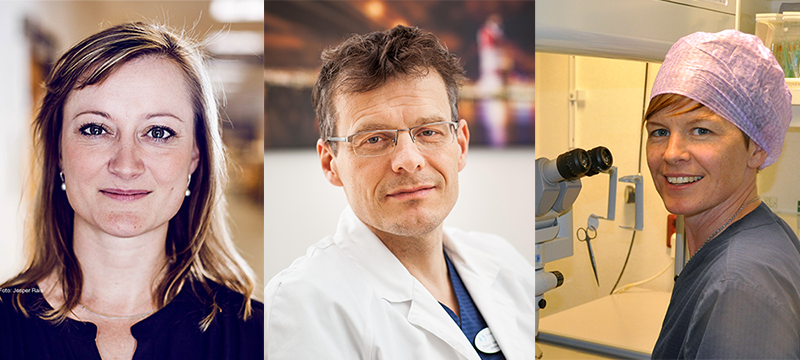In the beginning of 2015, Vitrolife and the Nordic IVF Laboratory Society (NILS) announced the possibility of applying for a grant dedicated to Nordic applicants who work in an ART laboratory setting. The purpose of the grant is to stimulate creativity and innovation within ART and to facilitate networking in the ART laboratory society. All applications were reviewed by a committee of local representatives from Denmark, Finland, Norway and Sweden, and now the winning project has been announced.
Goal to develop non-invasive method for selecting the best embryo to transfer
The winning project is named “Novel methods of assessing human embryo viability” and will be pursued by a group of several scientists from Sweden and Denmark. One of the researchers, Dr. Aisling Ahlström, explains the goal of the project:
- Our ultimate research goal is to develop a non-invasive method that can be used to assess embryo viability and select the best embryo to transfer back to the uterus. It has been hypothesised that microRNAs molecules (miRNAs) secreted from human IVF embryos into their surrounding culture media may be potential biomarkers of embryo viability and IVF success.
These short non-coding RNA molecules act by repressing gene expression and influence many fundamental biological processes such as differentiation, development, cell proliferation and apoptosis. Evidence also suggests that secretion of these molecules in small carriers, primarily exosomes, may play an important role in the cross talk occurring between the embryo and the endometrium. If so, analyzing the array of microRNA molecules secreted by an embryo may help to predict what chance an embryo has of implanting. Through accurate prediction we can identify viable embryos to transfer and avoid those with very little chance of resulting in a successful outcome. There are two major aims of our research project.
The first aim is to determine if implanting and non-implanting embryos exhibit a different profile of microRNA molecules. If this is the case, our second aim will be to identify a group of microRNAs that we consider to be of most predictive value and quantify these levels in the spent embryo culture media.
We hope that our research efforts will help identify possible targets that aid in non-invasive identification of viable embryos. Furthermore, we hope that our project will contribute to new knowledge regarding the genetic and molecular basis of embryo implantation.
Nordic team working together
The full team working on the project consists of:
- Aisling Ahlström, PhD, Kersti Lundin, Assoc. Prof, Christina Bergh, Prof and Charles Hansson, Assoc Prof from Sahlgrenska University Hospital, Sweden
- Thorir Hardarson, PhD, Matts Wikland, Assoc Prof from Fertilitetscentrum, Carlanderska Sjukhuset, Sweden
- Kirstine Kirkegaard, PhD, Hans Jakob Ingeslev, Dr. from Århus University, Denmark
New grant for next NILS meeting
The next NILS meeting will be held in Gothenburg in August 26-27, 2016. We urge Nordic scientists working in ART to already now start generating new ideas for the Vitrolife and NILS grant for 2016.
Topics: IVF community insights
